Economists are warning of a possible recession in the near future, and there are now tighter quality restrictions for plastics and other materials...
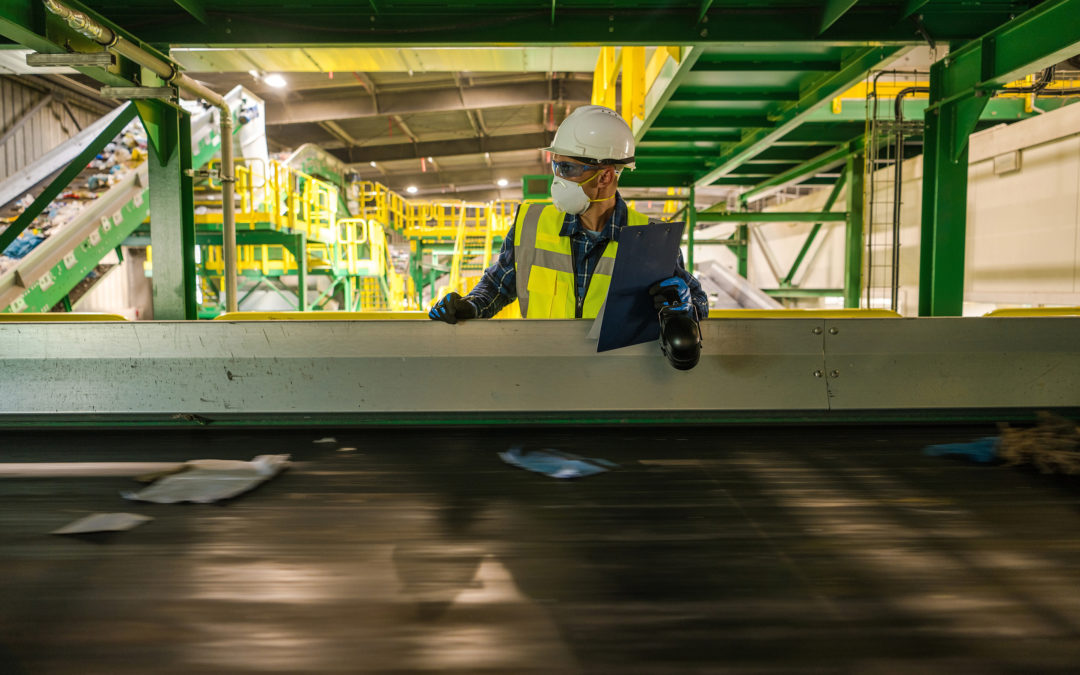

Economists are warning of a possible recession in the near future, and there are now tighter quality restrictions for plastics and other materials...
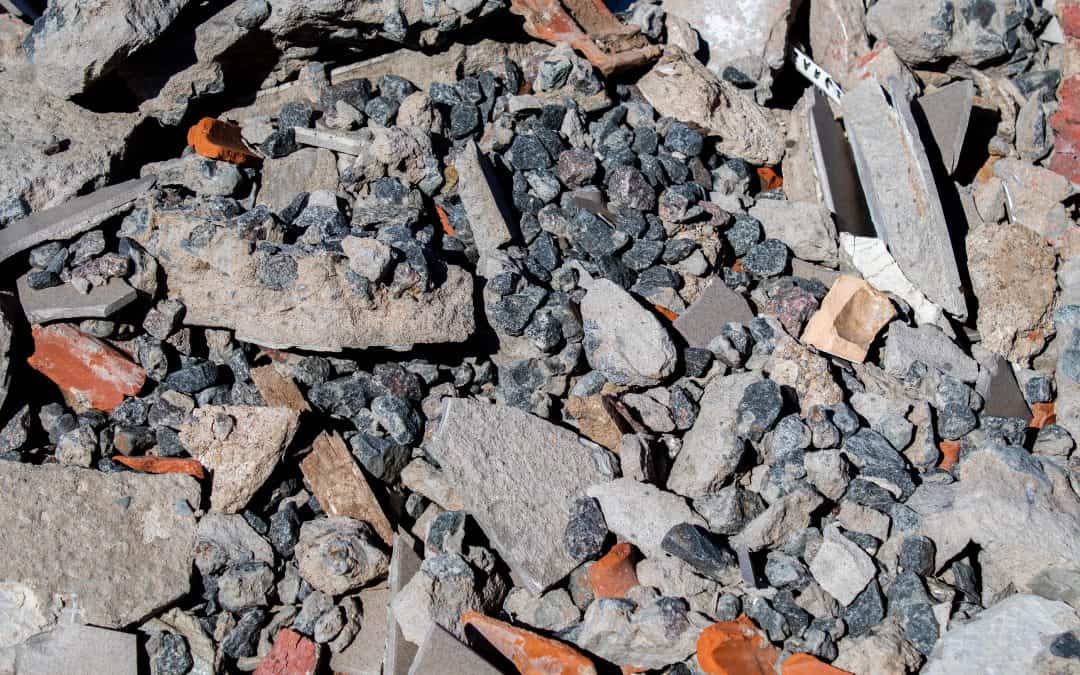
The screen is considered the heart of every recycling system, as screen performance determines the recovery rate of materials in C&D recycling....
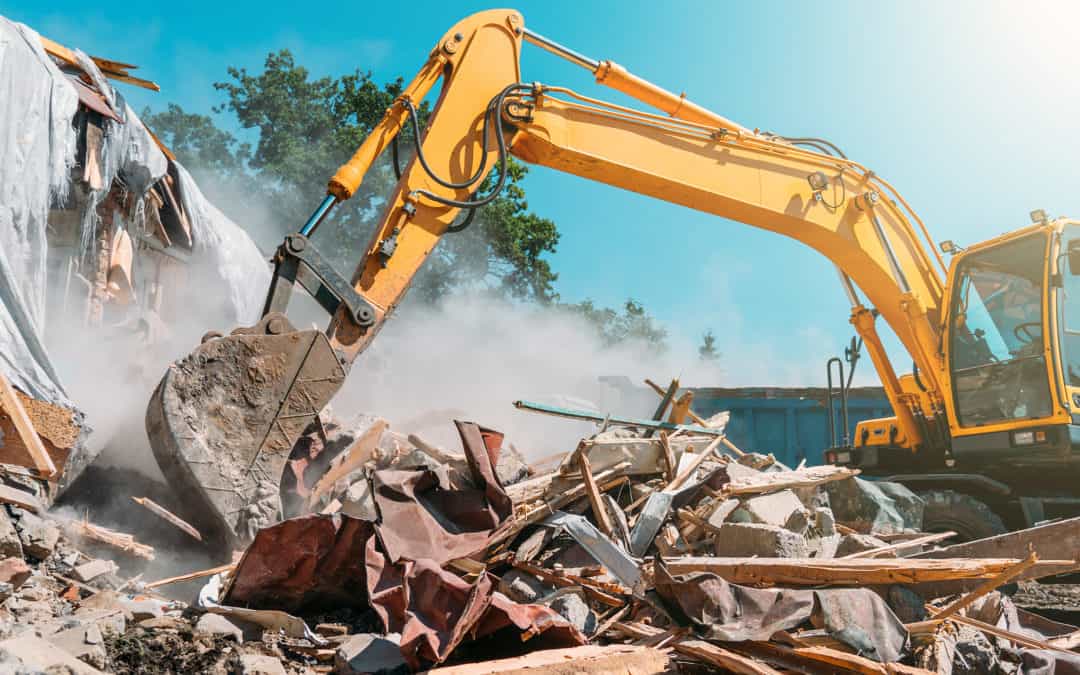
The benefits of C&D waste recycling include the monetary value of materials and the environmental advantages of keeping more waste out of...
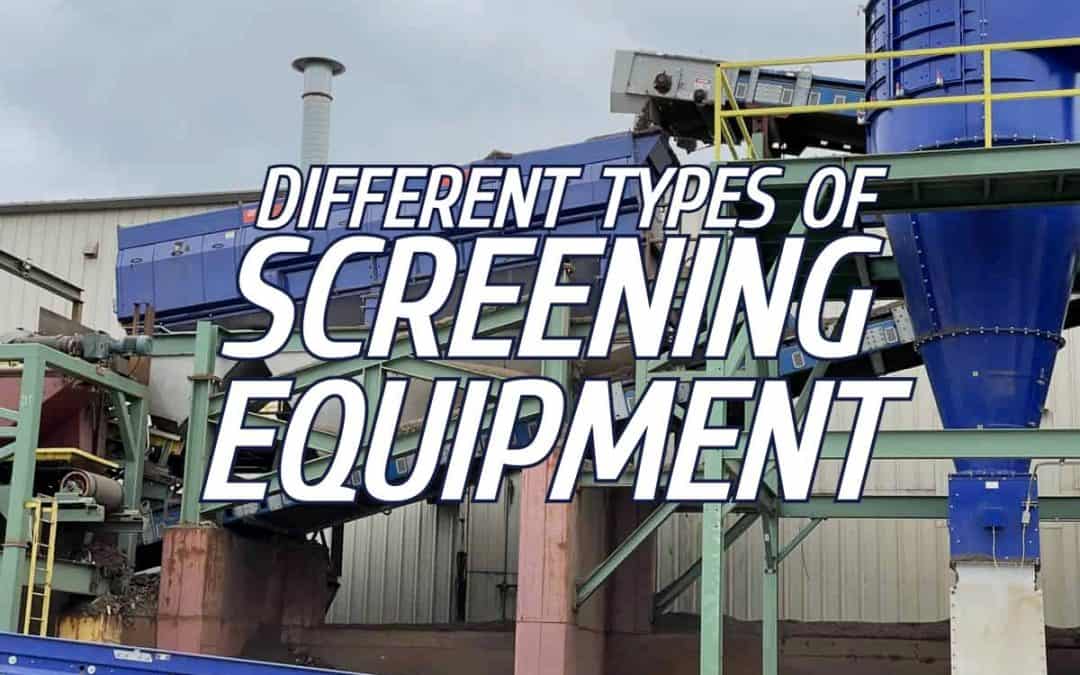
When it comes to screening for particle separation, there are many options out there to choose from. Your equipment choice can have a direct impact...

Single-use plastic bags are a common sight in many countries, particularly the U.S. While reusable tote bags have become a popular alternative,...
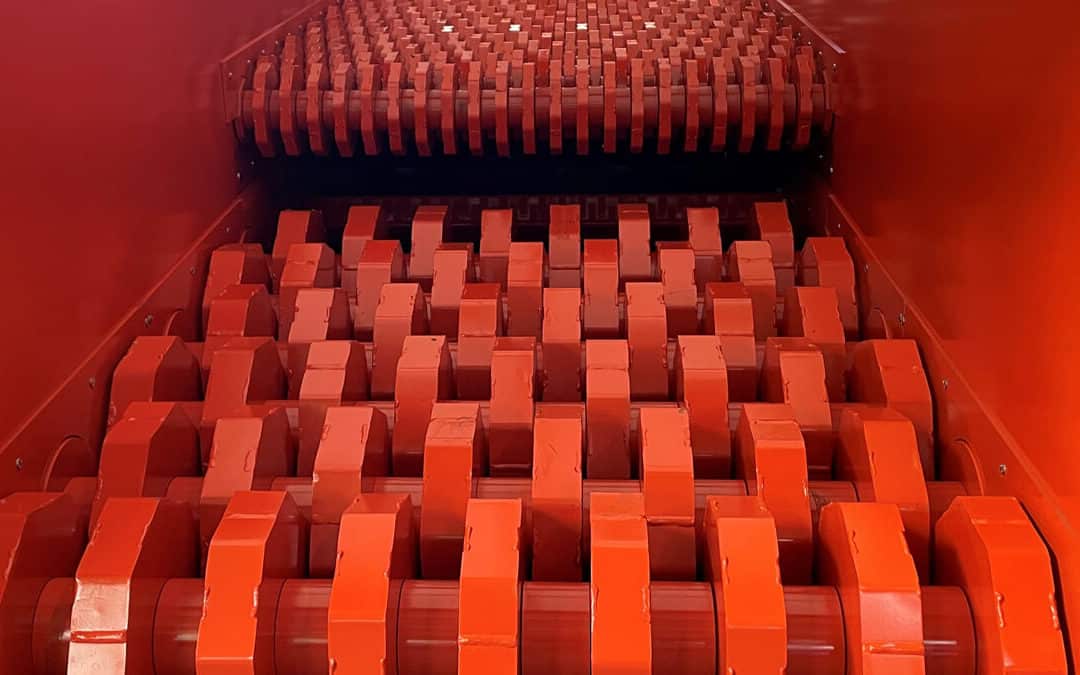
Trommel screens have an easy-to-use design, and they can handle a wide range of materials. But these machines are susceptible to damage caused by...
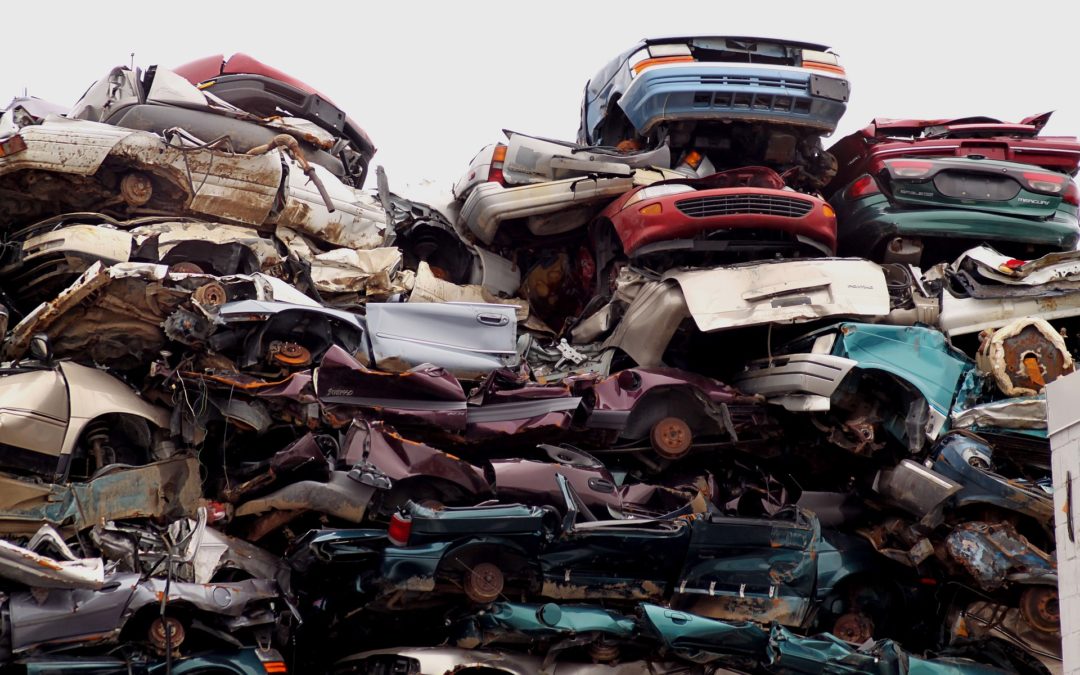
Auto Shredder Residue (ASR) presents a growing problem for landfills in the United States and around the world. In recent years, technology and...
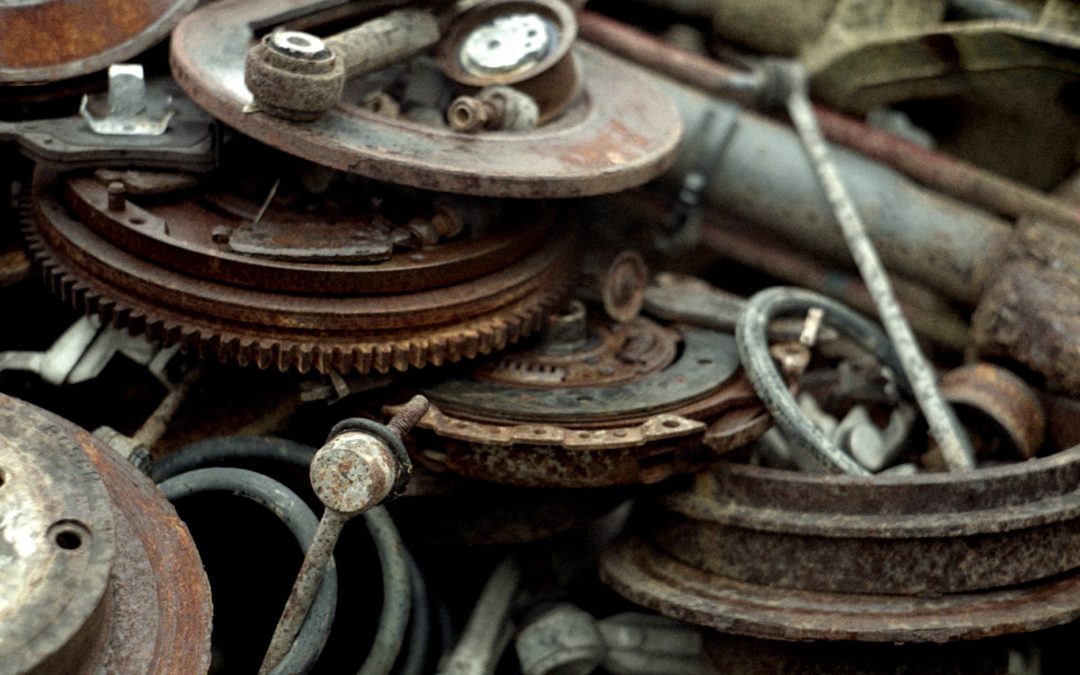
Auto shredder residue, or ASR, comprises the remaining non-metallic materials left over after an end-of-life vehicle is recycled. This residual...
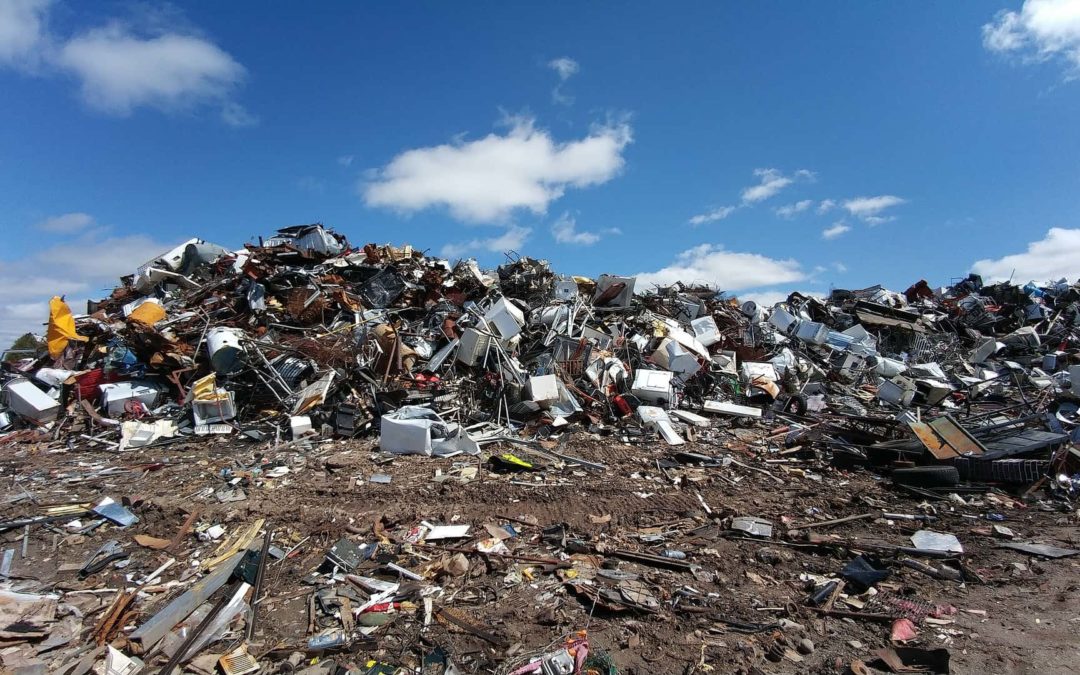
What Is E-Waste? Electronic waste, often referred to as e-waste, refers to discarded electronic devices as well as components and materials...